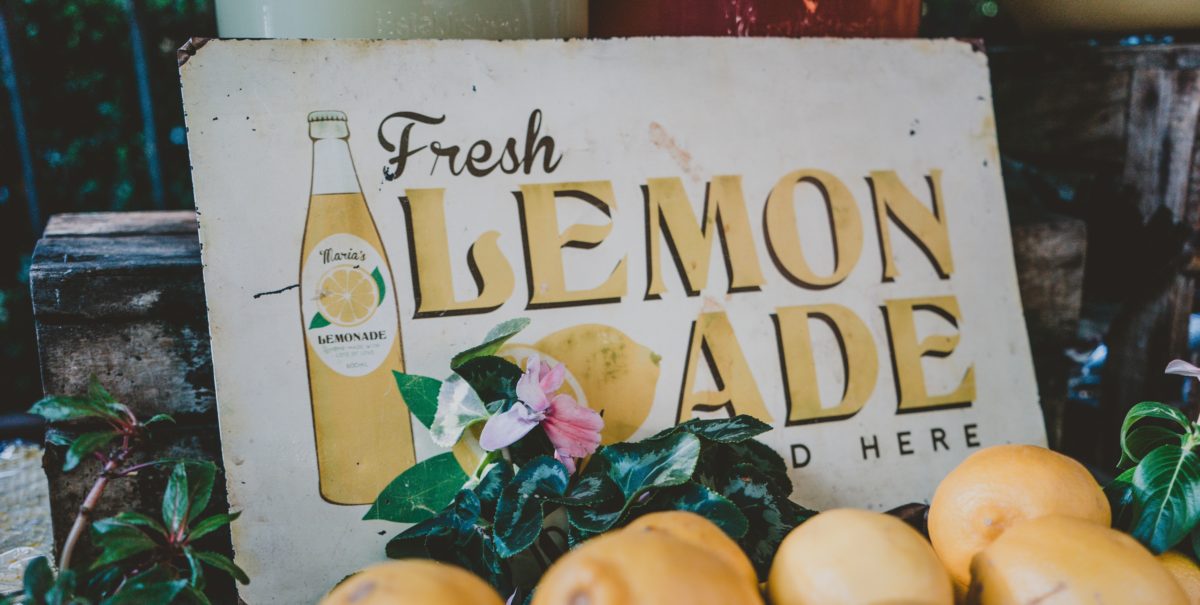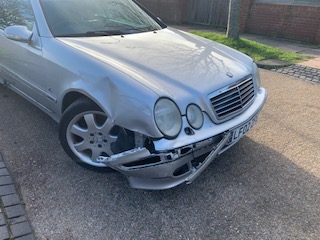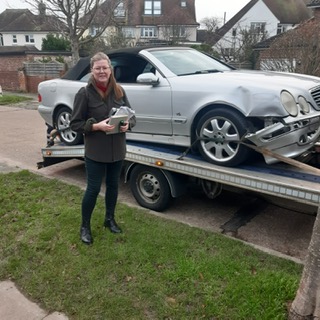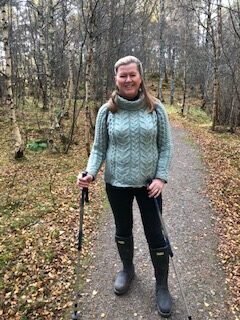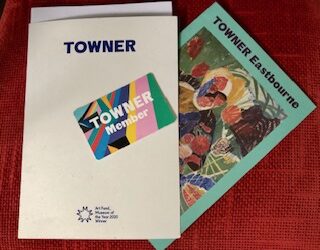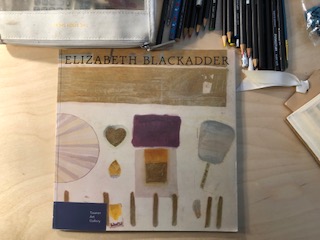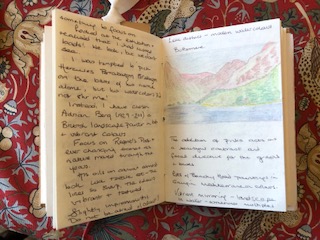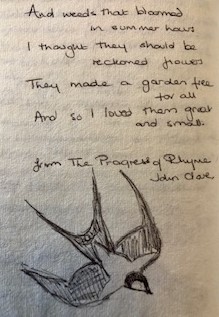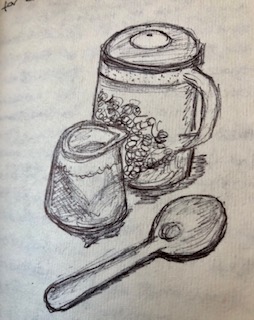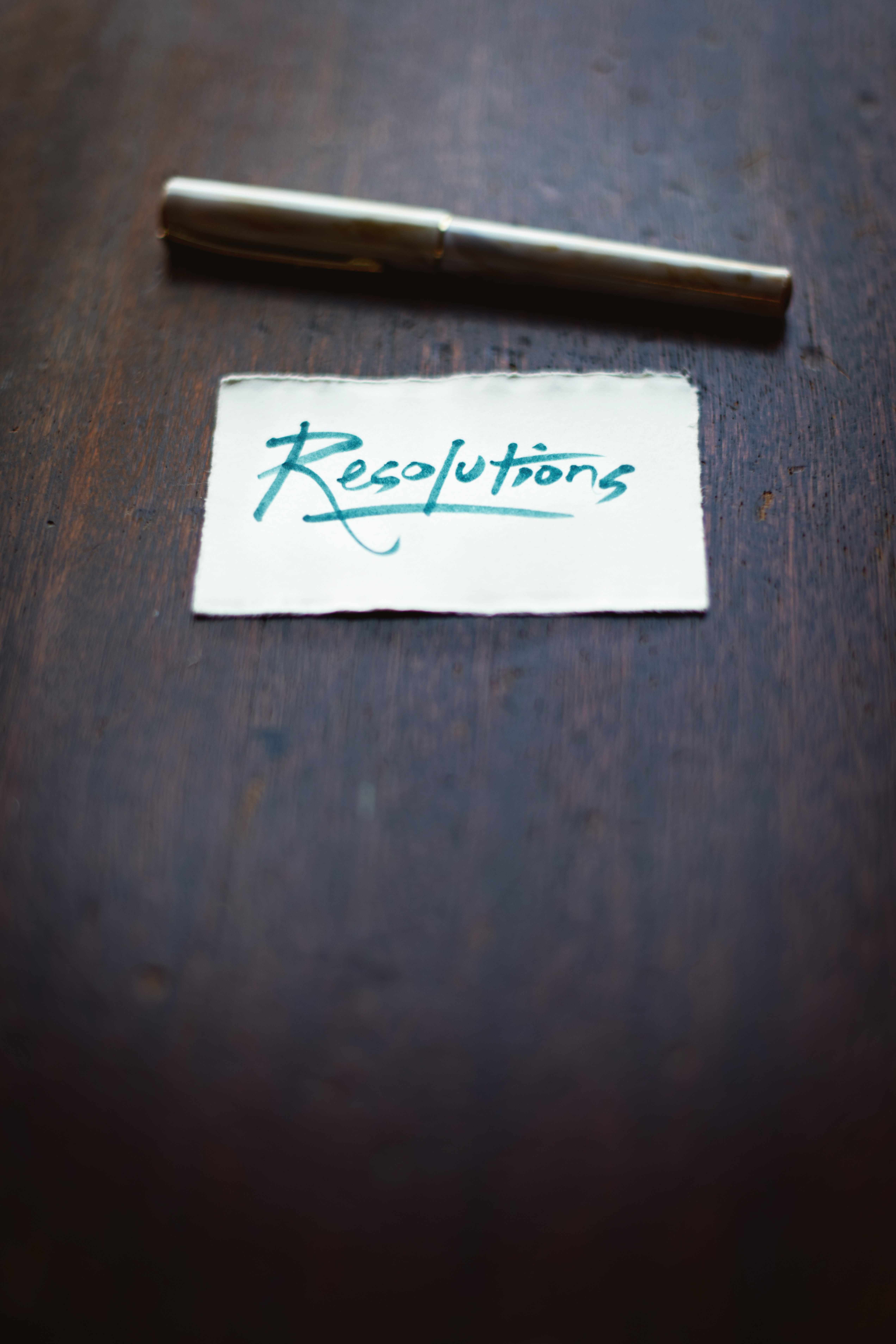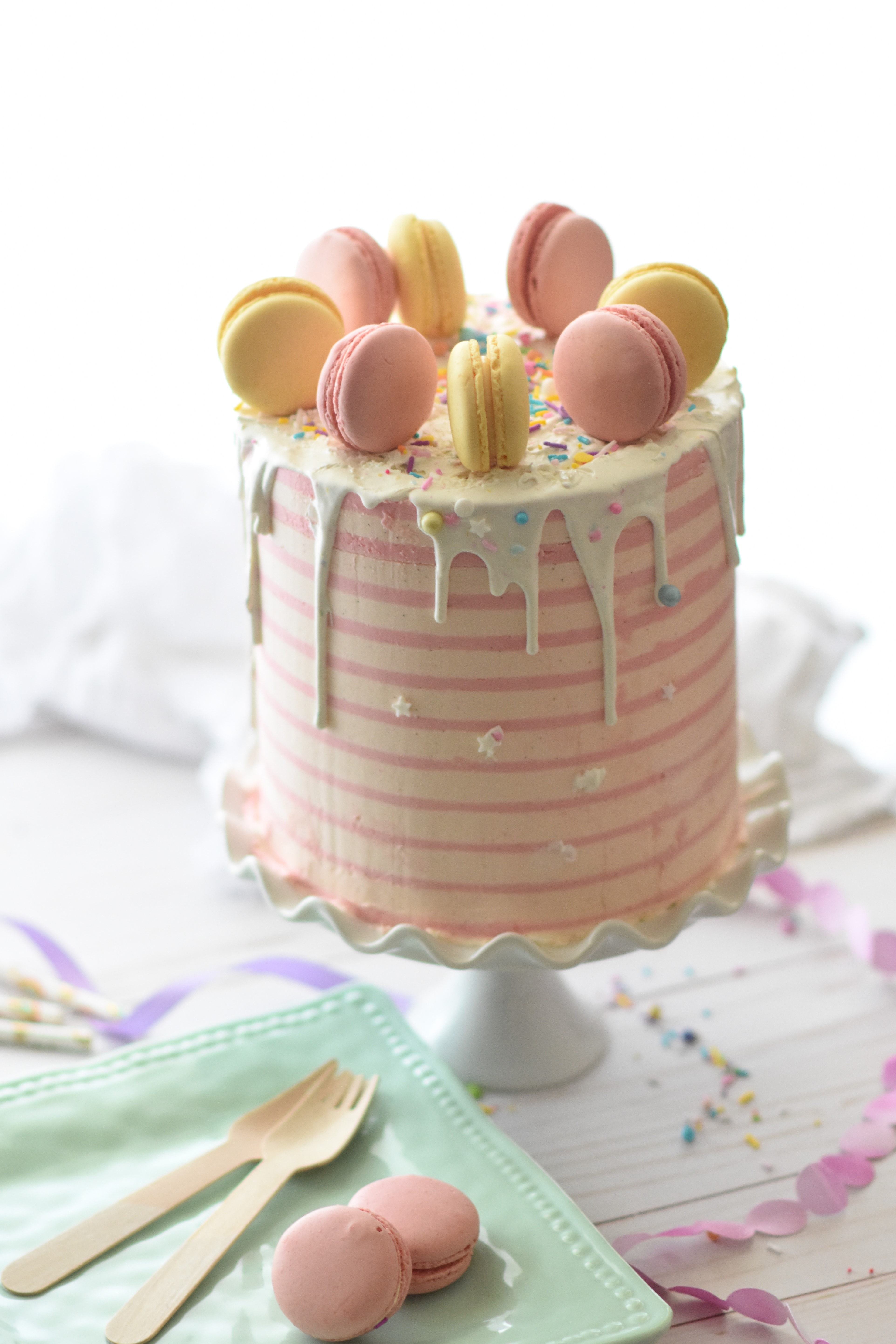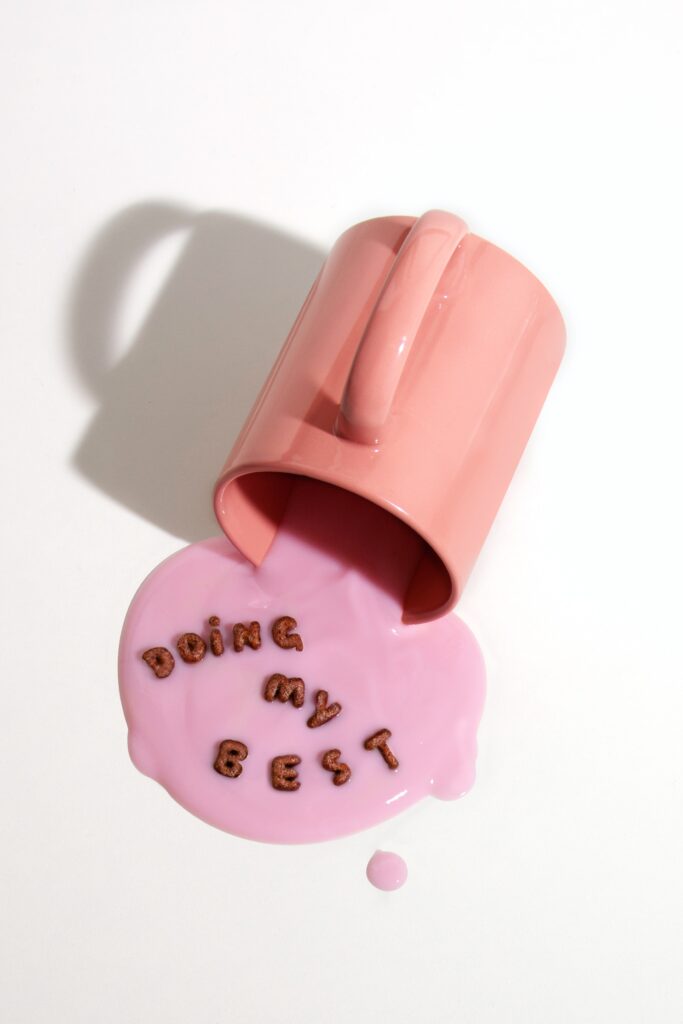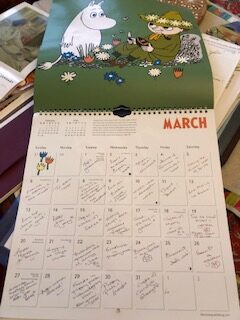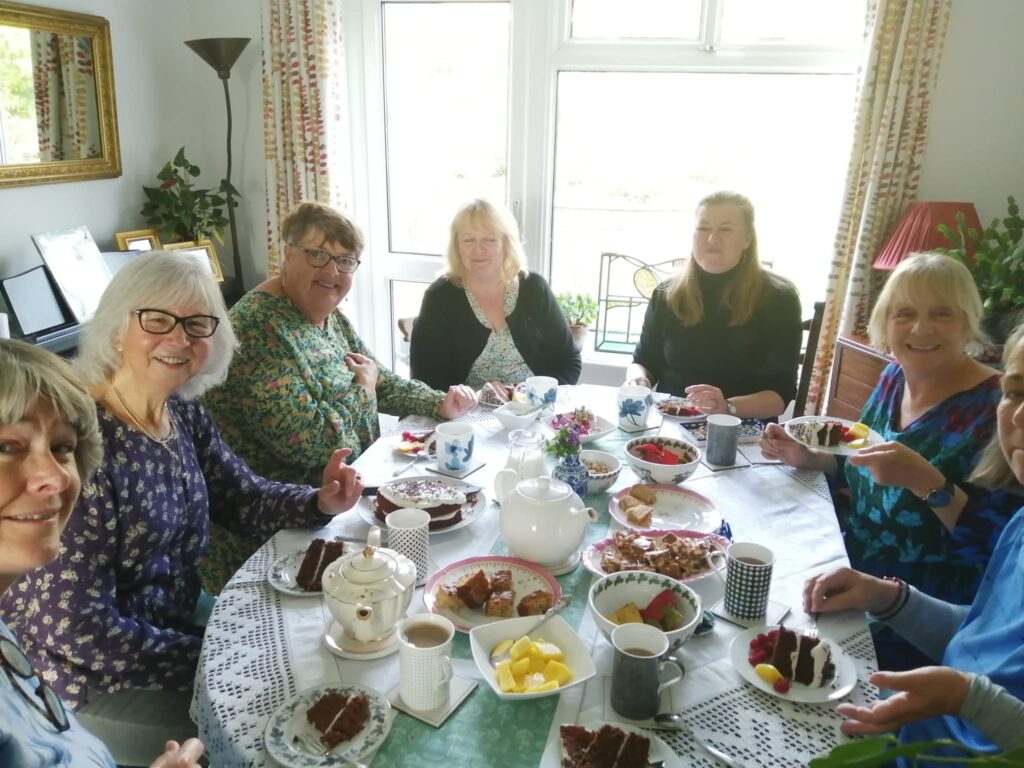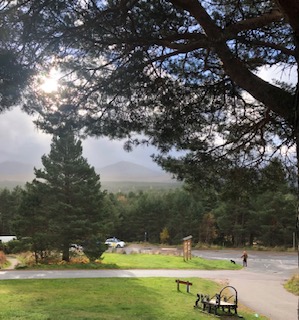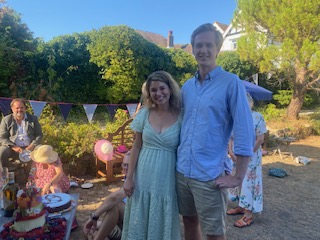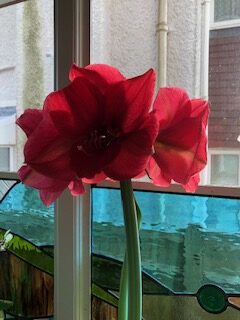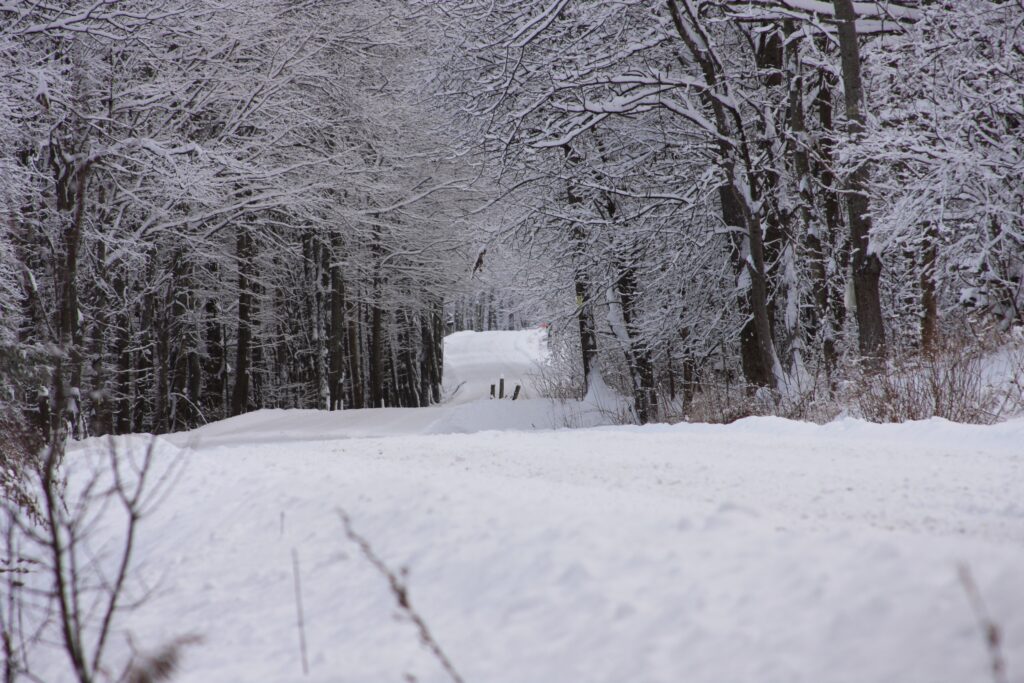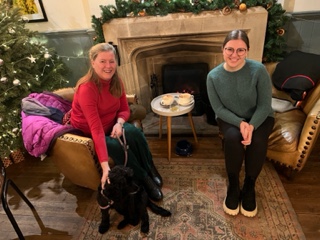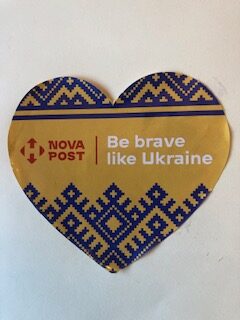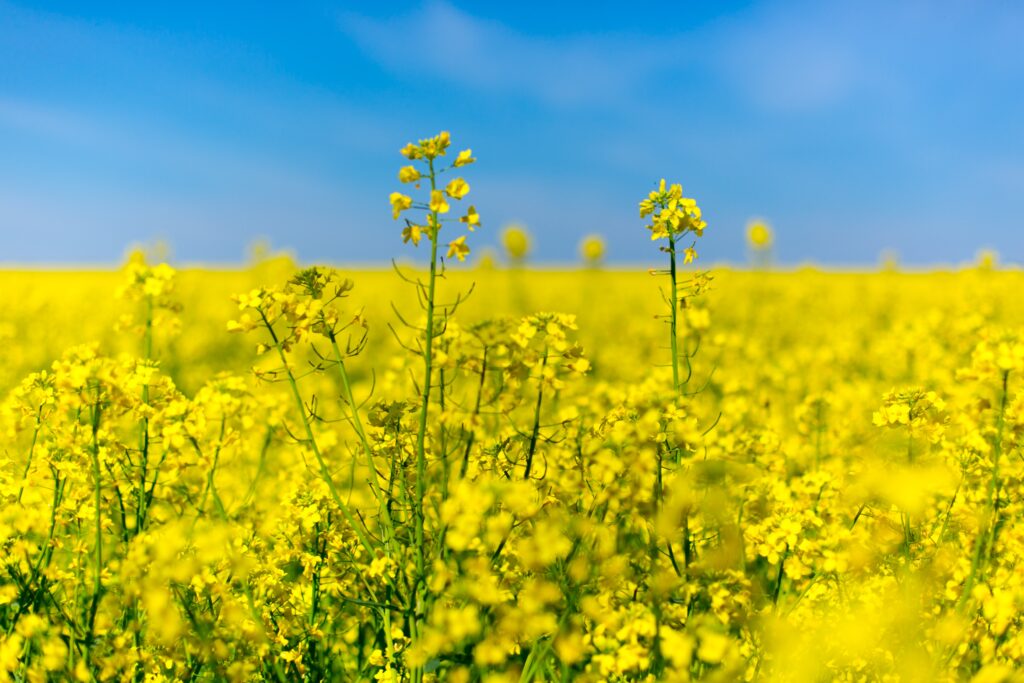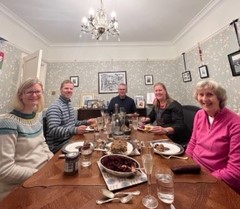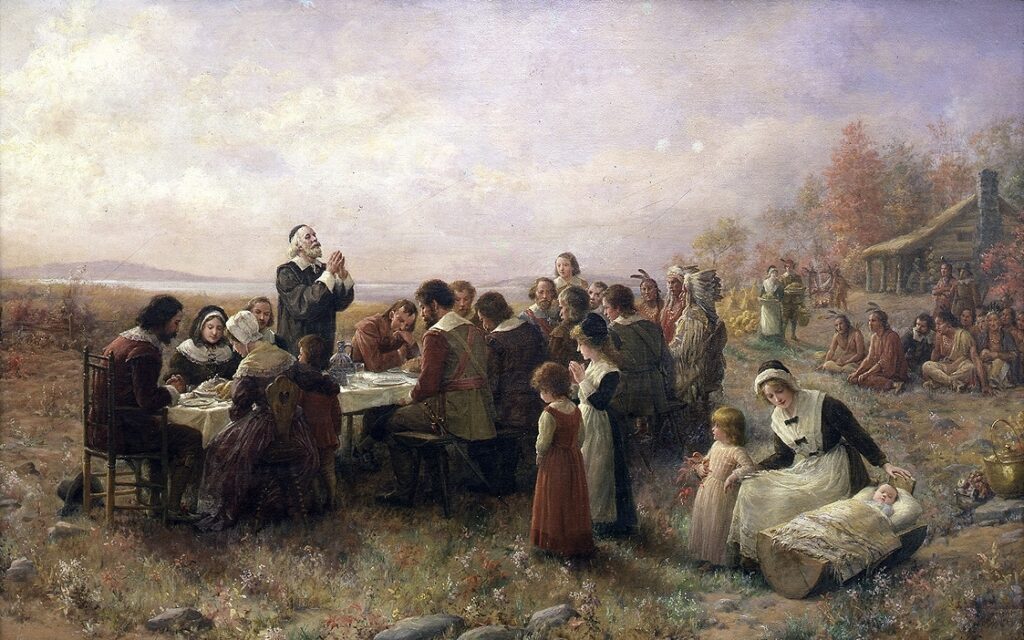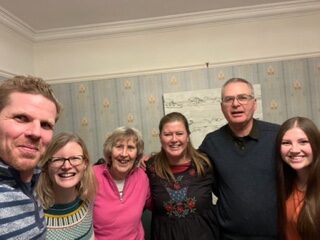
After surviving the onslaught of catastrophes and strains that filled January and early February, life hurled one last lemon and my lemonade making capacity was exhausted. Returning spent but triumphant from my long walk from my art teacher’s, I made the mistake of reading the news. A freak and terrifying cold front was descending on the North East of the USA.
This was the day, of course, that my son and his fiancee were driving the seven hours from Pennsylvania home to Maine. Why worry, you may ask. Well, the news was filled with car wrecks and mayhem and the terrifying information that ten minutes outside would lead to frost-bite. Something as simple as breaking down could prove fatal.
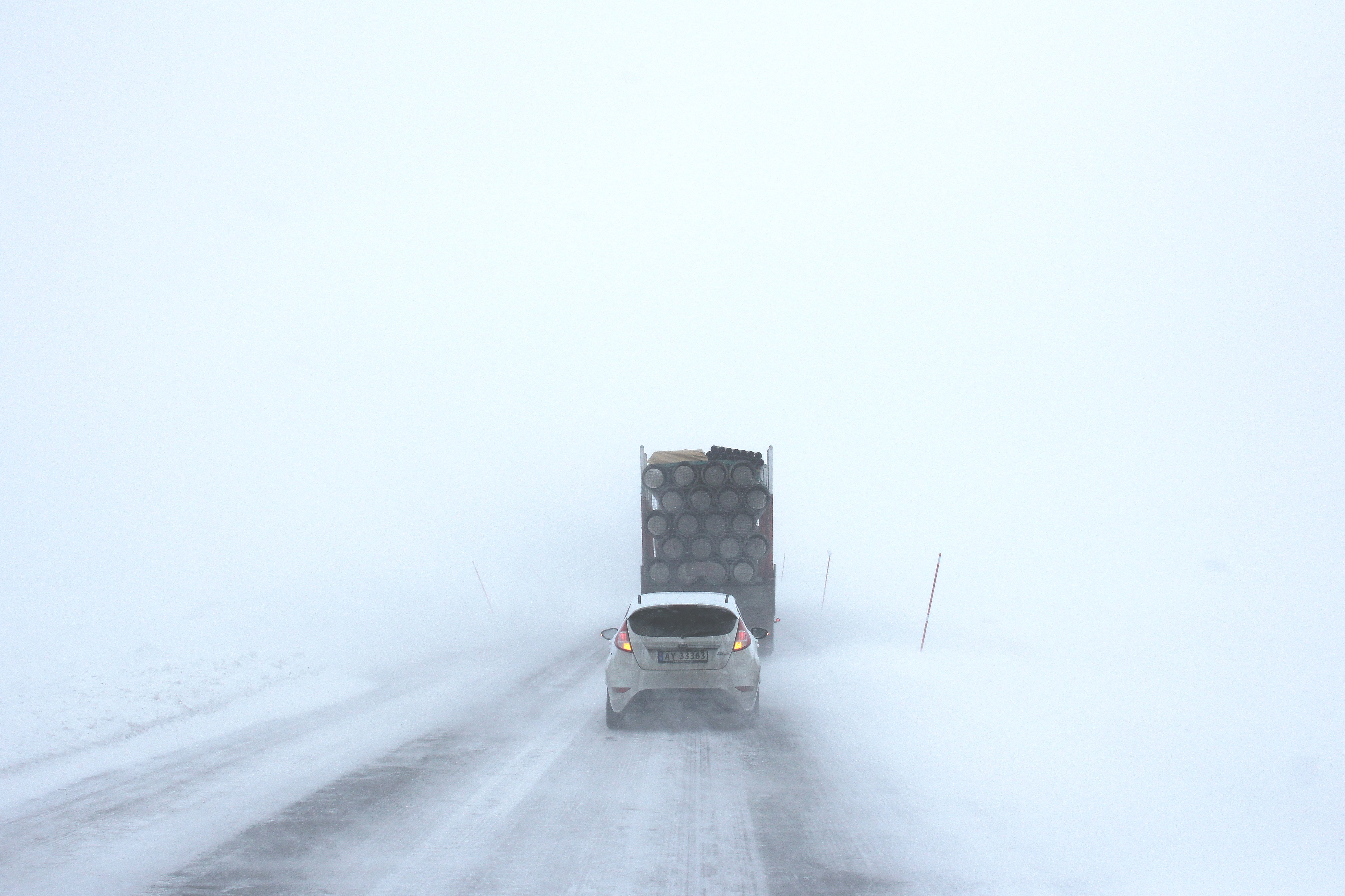
And when they Skyped on Sunday, full of cheer and stories, I felt like an idiot. Once again, I had allowed the fear of what might be to add to my fatigue and low mood.
Concerns over the future are only natural. Worry is often a sign that we care. But when we allow that worry to impact ourselves by affecting our mood and energy levels, we need to try to reign in those natural emotions.
MS is often triggered by extreme stress. Mine certainly was. My youngest was off volunteering in the US wilderness and less than ideal in communicating; my mother was planning to put my father into care. And so on, and so on. The result was my body capitulated to a chronic illness.
And sadly, too many serious conditions start this way. Relentless anxiety does no body any good.
Getting back on track
Exhausted, fed-up and generally grumpy, I had to find a way back to better health. By the end of the weekend, I was headed in the right direction and despite my daily battle with fretting about the Russians, I’m looking forward to a good month ahead.
If you are struggling with feeling overwhelmed by life, here are some ways that work for me and I hope will work for you.
- Get some rest For me that has meant a great deal of sleeping and napping whenever I need to and trying not to beat myself up for being so pathetic. Fatigue is a very large part of my condition and fighting it is pointless. Most of us benefit from giving ourselves a proper rest. Everything is overwhelming when you are tired.
- Night frets Four am seems to be the preferred time to wake and fret. My friend joked that we should set up a group chat then, since we are all awake anyway. When anxiety strikes, our disturbed sleep is often the first indicator. I would love to have a solution for this (and it would make me very rich) but all I can suggest is acceptance. I try not to watch the clock but rather to take it as a moment of rest -I’m under a cosy duvet after all. Meditation is also a good option. And sometimes these quiet moments allow us to find solutions to our problems. Like fatigue, going with it rather than against it paradoxically solves the issue.
- Accept your feelings Recently, I have started to be much more honest about my feelings. Instead of reverting to the ‘I’m fine’ response, I tell the truth and say that I’m tired, angry, fed up or sad. Expressing it out loud to yourself and others, often improves things. Acknowledging and accepting how you feel frequently leads to that emotion quietly evaporating. Expressing it to others lets them know that you need more careful handling and that your silence or sadness is not their fault.
- Write it down My morning pages work as a kind of therapy. There is nothing like exploring something that bothers you on the page to help you see the situation clearly and perhaps even find a solution. It doesn’t take long, but needs to be done in a quiet space without interruption. Keep writing until you feel there is nothing more to add. Don’t be afraid to look at the worst case scenario and how you might cope.
- Find some time for what you love and energises you Take me outside for more than five minutes and my mood is guaranteed to lift. A little gardening and the scent of damp earth; a coffee in the spring sunshine; playing ball with Hermione in the garden – all of these are my resets to good mental health. The company of friends and crafts and art also do the trick. Make time for your happy places.
- Be grateful Even when we are in the depths of despair, there is always something that we can think of to be grateful for. I begin each morning with a ‘Thank you for this day.’ Life itself is a gift. If we have nothing else, we have our breath.
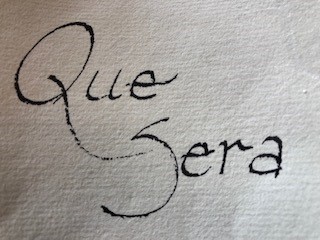
Lemonade production resumes
I nearly didn’t write this post because I was feeling, well, so tired and crabby! But action, in whatever form, is always better than inaction. My situation means that life will continually be hurling lemons and I have a choice to be subsumed by that or to make the best of it. So far, the proactive route has kept me more active and able than I dreamt possible.
This week, I had a wobble, but that’s okay too. There will be many more in the weeks and months ahead, I am quite sure. However, by accepting life’s unpleasant surprises (since I certainly can’t control them) and consciously looking for joy and beauty, I plan to keep those times to a minimum. I hope you can too.
